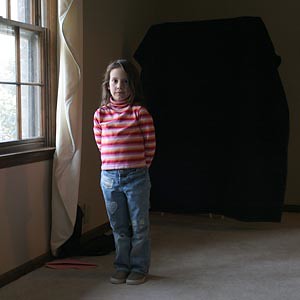Digital photos are made up of tiny little squares of solid color called pixels. This is where the term megapixel comes from, which is a measurement of how many millions of pixels a camera captures in each shot. The more pixels you have in an image, the more detail the image will show.
Therefore, when you go to print your photos, you want to have a lot of pixels packed into the image. The way we refer to how many pixels there are is by pixels per inch (ppi, which is the same as dots per inch).
My basic rule of thumb is if you don't have at least 200 ppi in your photo, you will likely see jagged little edges along the lines in your print. If you want something that will be "picture perfect," then you need at least 300 ppi.
"But wait a minute," you might be thinking, "my camera only said how many megapixels it shoots, not how many pixels per inch the photos will have!" You're right — the amount of ppi is up to you when you go to print a photo.
Let me give you a real-world example. On my Canon 20D I have three different sizes I can select for my photos: large, medium, small. Here are how they differ in megapixels and dimensions (in pixels):
|
This says that at 200 ppi, the largest I prints I could realistic get from each of the sizes are as follows:
|
So in other words, you can print a 11x14 from the large, 8x10 from the medium, and 5x7 from the small setting. Trying to print a 11x14 from the small will result in an image that seems "blocky" and won't look good, but printing a 5x7 from the large will look beautiful and full of detail.
My next post will talk about using the crop tool in your favorite photo editor and how you can crop out a portion of your photo but still make sure it has enough resolution to print well.






